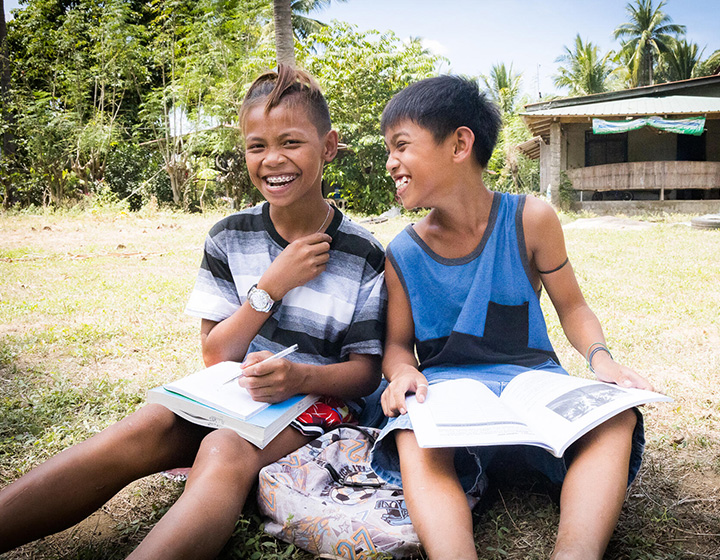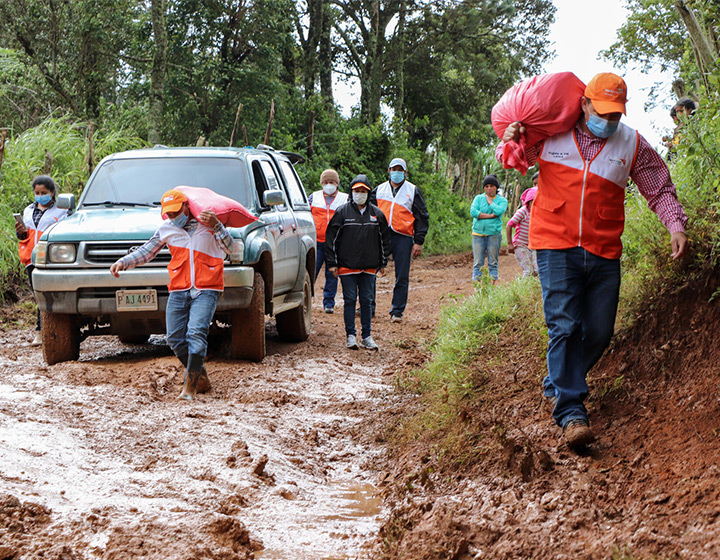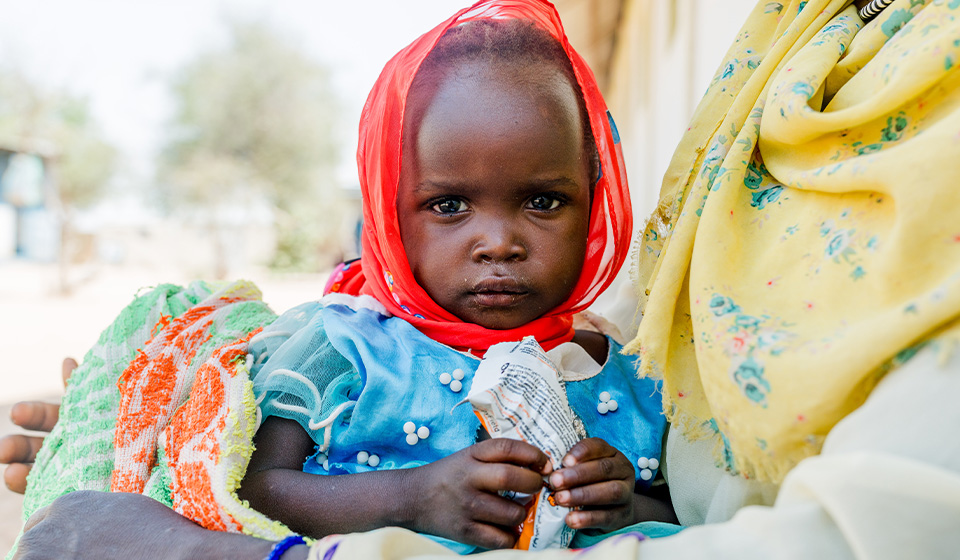Climate change is not just about global warming
In fact, global warming is just the tip of the iceberg. Climate change acts as a humanitarian threat multiplier, exacerbating issues like gender inequality and hunger.
The UN estimates 80% of those displaced by climate change are women and girls. Additionally, extreme weather events jeopardize global food security, pushing 248 million people towards severe hunger.
Climate change and sustainable development
We collaborate with communities to restore damaged environments, protect healthy ones and build stronger, healthier ecosystems.
- Sustainable livelihoods: training people in climate-smart agriculture (e.g., crop diversification, beekeeping, water harvesting) to build resilient livelihoods in climate-affected areas.
- Land restoration: teaching communities about Farmer-Managed Natural Regeneration (FMNR) to replenish land with trees and plants.
- Youth advocacy: empowering children and youth to voice their concerns through forums and training for local and national advocacy.
Featured article
-
My family’s six tips for reducing food waste

Hunger
-
The landslide that changed everything

Disaster Relief
-
Harvesting hope - Habiba's story

Food
Explore more articles
Explore more articles
Explore more articles
As of 2021, we’ve restored 15 million hectares of farmland in West Africa using the Farmer Managed Natural Regeneration (FMNR) approach

Program expenditures
How our donors choose to help
Consistency and commitment—the formula for lasting change. Together, through monthly donations and community-led solutions, our work spans across five sectors where impact is needed most.
Explore
When our community grows, so does our impact.
Let's help build a world of opportunities for every child, no matter the location or circumstance.










